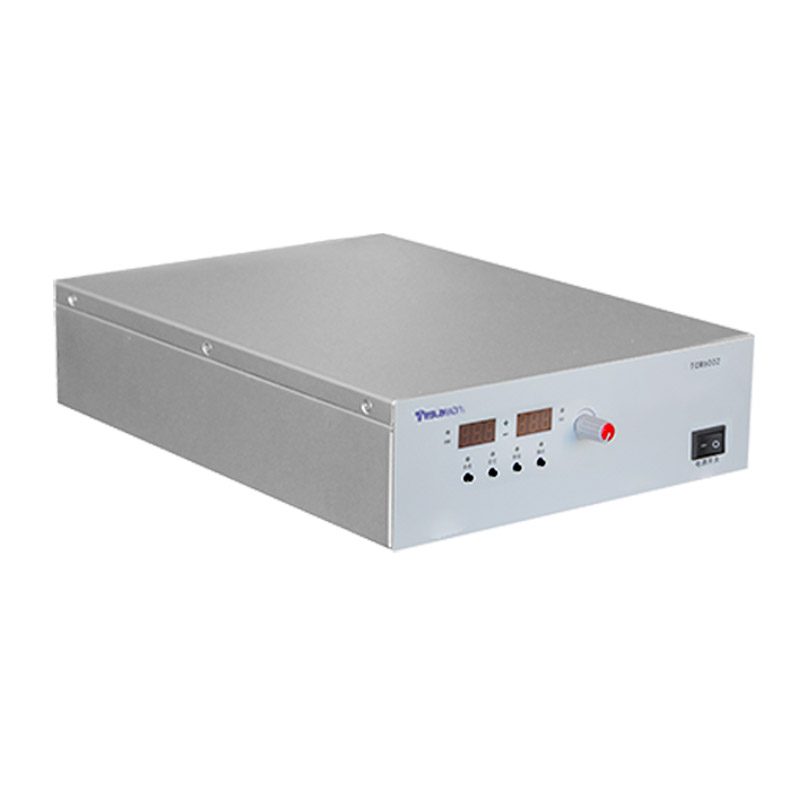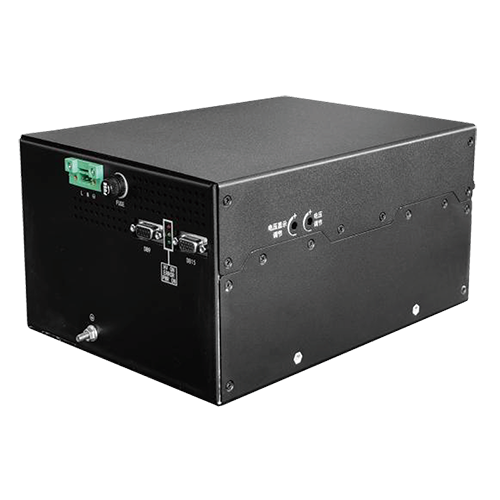Optimization of Power Factor for 320kV High-Voltage Power Supply
In modern power systems, 320kV high-voltage power supplies, as crucial power supply equipment, are widely used in large-scale industrial production, scientific research facilities, and power transmission. The power factor, an important indicator for measuring the efficiency and power quality of power supplies, is of great significance for the stable operation and efficient application of 320kV high-voltage power supplies.
The power factor reflects the proportion of active power in apparent power. When the power factor is low, it means that a large proportion of reactive power exists in the apparent power provided by the power supply. This not only leads to an increase in additional losses in the power system, reduces the utilization efficiency of the power supply, but also may cause voltage fluctuations, affect power supply quality, and even have an adverse impact on the normal operation of surrounding electrical equipment. For high-voltage power supplies like 320kV, the negative impacts of a low power factor are more significant.
The reasons for the low power factor of 320kV high-voltage power supplies are complex. On the one hand, the characteristics of the loads connected to the power supply play a key role. Many industrial loads, such as induction motors and electric welders, have inductive characteristics. During operation, they require a large amount of reactive power to establish a magnetic field, resulting in a decrease in the power factor of the entire power supply system. On the other hand, the internal circuit structure and operation mode of the power supply also affect the power factor. For example, during the on and off processes of diodes or thyristors in rectifier circuits, current distortion occurs, introducing harmonic components. These harmonic currents increase the consumption of reactive power, thereby reducing the power factor.
To optimize the power factor of 320kV high-voltage power supplies, various effective measures can be taken. Starting from the load side, for inductive loads, reactive power compensation can be carried out by connecting capacitors in parallel. Capacitors can provide leading reactive current, which cancels out the lagging reactive current required by inductive loads, thus improving the power factor of the system. In addition, dynamic reactive power compensation devices such as Static Var Compensators (SVC) or Static Synchronous Compensators (STATCOM) can be used. They can adjust the reactive power output in real-time according to changes in the load, achieving more accurate power factor compensation.
Inside the power supply, optimizing the circuit design is also an important means to improve the power factor. Using Power Factor Correction (PFC) technology, such as active power factor correction circuits, can effectively reduce the harmonic content of the power supply input current, making the current waveform closer to a sine wave, thereby improving the power factor. By improving the topological structure of the rectifier circuit, such as using multi-pulse rectifiers or soft switching technology to reduce current distortion, the power factor can also be increased to a certain extent.
In practical applications, factors such as system cost, reliability, and maintenance convenience also need to be comprehensively considered to reasonably select the power factor optimization scheme. Through scientific and effective power factor optimization measures, the operating efficiency of 320kV high-voltage power supplies can be significantly improved, energy consumption can be reduced, and the stable and high-quality power supply of the power system can be ensured, providing a solid power support for the efficient operation of related fields.




















